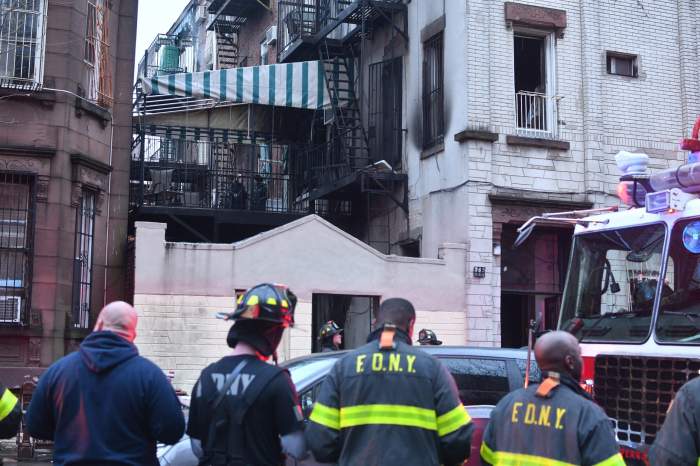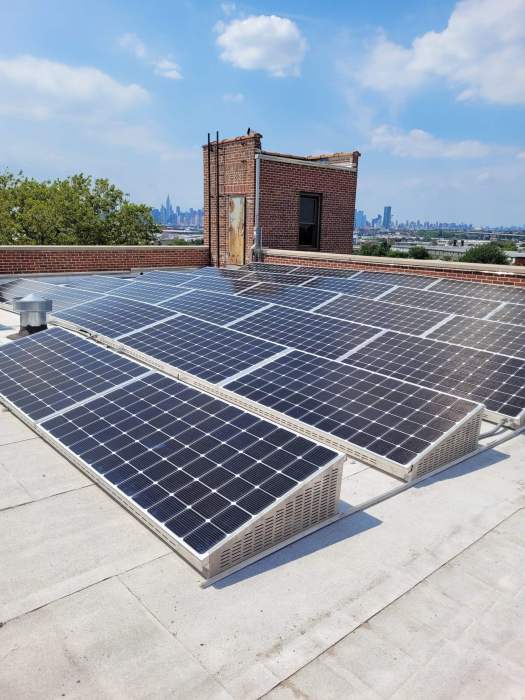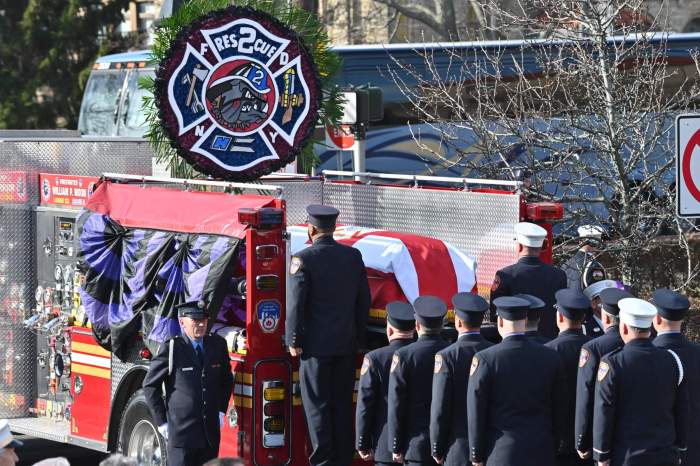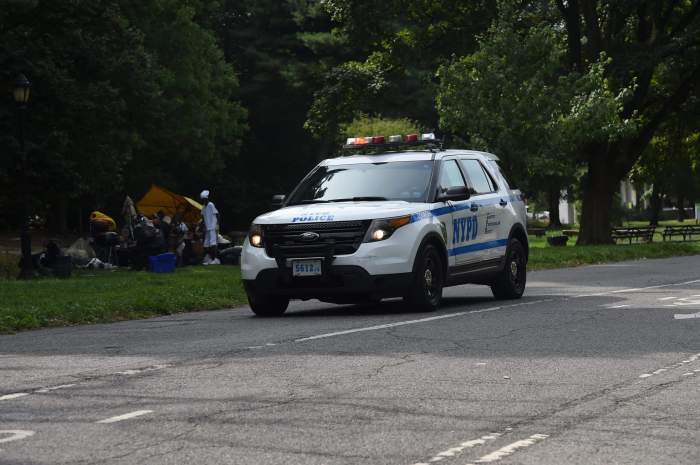Last fall, one of New York City Council Member Jennifer Gutiérrez’s staff members escaped a devastating fire that destroyed her apartment — and, despite being a government employee with a working knowledge of city bureaucracy, she struggled to figure out what came next.
After a residential fire, as tenants huddle on the sidewalk and firefighters snuff out any remaining flames, it can seem like the worst is over — but in the days and weeks to come, victims must navigate a maze of city agencies and government assistance as they try to find housing, replace belongings, and recover from the tragedy.
The incident inspired Gutiérrez and her staff to create a new, comprehensive resource: the Fire Emergency Response Guide, a detailed document that outlines what to expect in the immediate aftermath of the fire and in the days and weeks afterward.
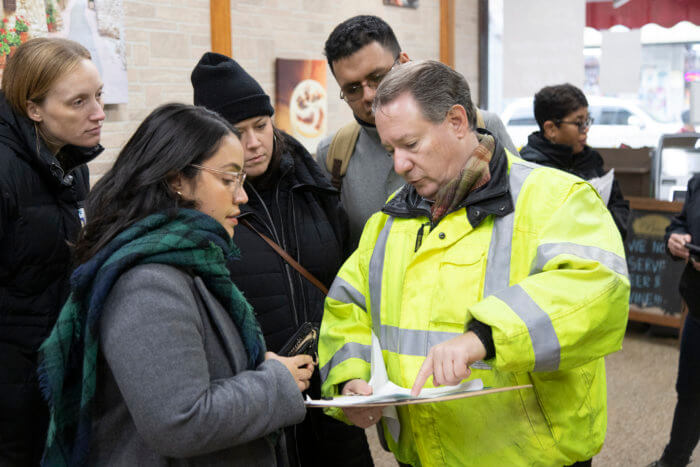
Gutiérrez said she usually gets a notice from the Speaker’s office after there’s been a fire in her district with very basic information, like if the Red Cross, FDNY, and paramedics are on the scene. Her office has repeatedly tried to be connected with the affected residents to help them, but that has never worked out.
When the office has been able to get in touch with fire victims, it’s usually because a family has been impacted, and the children’s’ school usually immediately gets to work putting together a coat drive, or asking around for a place for the family to stay.
“There is a certain level of self-advocacy that you have to do, that relies on you, and you wouldn’t know that until you experience something like this,” Gutiérrez said.
Assembling the guide
So far, the guide is broken down into three parts: a step-by-step guide through what will happen right after the fire; a city agency resource guide, and contact information; and a list of local resources for residents of Gutiérrez’s District 34, which includes parts of Williamsburg, Bushwick, and Ridgewood.
The step-by-step guide breaks down what will happen, and who will be on the scene, immediately after the fire: the FDNY, DOB, and HPD will inspect the scene, and may issue an order to vacate. The Red Cross will offer immediate emergency assistance, plus connect victims with longer-term resources.
It also breaks down the responsibilities of the tenant and the landlord after a fire, like filing insurance claims and turning off gas and electricity.
The city agency resource guide, compiled with help from the agencies themselves, delves further into which service each agency can provide, and how to get in touch with them. For example, residents may be able to recoup the cost of furniture and appliances destroyed through the Human Resources Administration; and tenants of rent-regulated apartments can apply for a temporary rent reduction through the Office of Rent Administration.
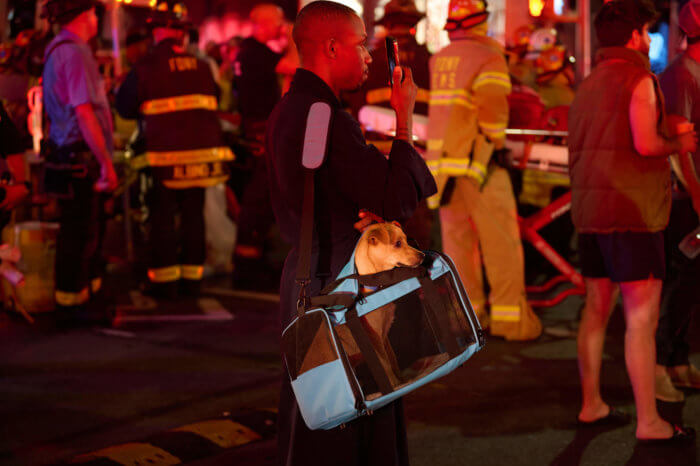
The final document, one Gutiérrez hopes other council members will adapt for their own districts, lists food pantries and other community resources in District 34.
“We realized that oftentimes, the people that are experiencing this are not normally really connected to these resources like food pantries and clothes swaps,” Gutiérrez said. “If you’re able to get temporary housing in the neighborhood, then these are the areas you can go to for help in the meantime, while you’re getting adjusted.”
Online, the guide is available in English and Spanish, and the council member’s office has spoken with the Red Cross to ask if they can give hard copies out to fire victims on the scene. It has also been distributed to other council members and their staffers.
“We would obviously love to expand it in other languages and also to share it with some of our nonprofit providers,” Gutiérrez said. “And also maybe getting the FDNY bought into it, maybe this is something they can also provide to folks.”
Implementing policies to protect fire victims
Last year, the Red Cross responded to 1,509 residential fires in New York City. A whopping 512 of those fires were in Brooklyn — more than in any other borough. When Gutiérrez had an introductory meeting with the organization last year, she learned that her district has some of the highest numbers of residential fires in the whole city.
“I was taken aback,” Gutiérrez said. “It’s primarily in Williamsburg and Bushwick. So I think it’s also about raising awareness in the community so folks here know that we are very vulnerable.”
Her office will also be hosting workshops with the Red Cross and the FDNY on fire prevention — educating constituents on the dangers of flammable lithium batteries and space heaters.
There’s also work to be done policy-wise to prevent fires and make dealing with the aftermath easier for constituents.
Last year, after a fire destroyed a Williamsburg café and heavily damaged the apartments above it, a tenant told Brooklyn Paper he and his neighbors had been largely on their own, and he was raising money for housing via GoFundMe. In January, residents of a Prospect Lefferts Gardens building owned by one of the city’s worst landlords were left vulnerable when the landlord suddenly stopped paying for the hotel rooms he had offered after a fire. Before the fire, the building had wracked up myriad DOB and HPD violations for faulty wiring and broken smoke detectors, but no action was taken.
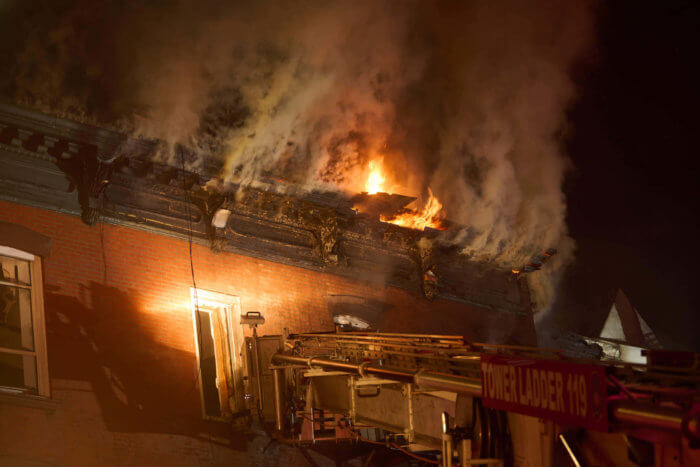
Gutiérrez was told by the Red Cross that residential fires in District 34 often occur in smaller apartment buildings where tenants have been living for many years, or in apartments where multiple families are living in a single unit.
“I think what happens is, oftentimes, landlords have figured out these loopholes, and they’re the ones with the money, and real estate has all that power,” she said. “It’s really important that as the council, we’re pushing back, because we know the experiences our constituents are having on the ground. It really is about tightening up any flexibility that landlords have to skirt their responsibility.”
The city agencies responsible for overseeing violations and after-fire inspections struggle to communicate with one another, Gutiérrez said – she’s been told as much repeatedly in council hearings.
“I think in order for us to keep elevating how important this is, outside of district-to-district, is to legislate it,” Gutiérrez said. “We’re exploring those options to make it bigger and kind of just to make it mandatory. Insisting that the relevant agencies talk to one another, but also talk to these tenants.”
If you’ve been affected by a fire, find Council Member Gutiérrez’s Fire Emergency Response Guide online.

















